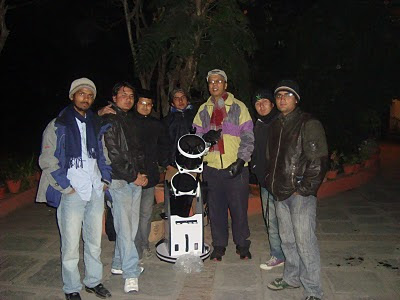The Constellations
-By Rishi Shah and Suresh Bhattarai Throughout human history and across many different cultures, extraordinary names from mythical fables have been associated with distinguished star patterns of various shapes and sizes. Known commonly as constellations, they are seen magnificently all over the night sky. The current 88 constellations as recognised by the apex institution, the International Astronomical Union (IAU), are based on what was historically suggested by veteran Greek-Egyptian mathematician-cum-astronomer Claudius Ptolemy (circa 90-168 AD). He had propounded the geocentric model of the Solar System and eventually of the universe in 150 AD, which was accepted by the society until the heliocentric model was proposed by Polish astronomer Nicolous Copernicus in 1543. In about 500 AD, Indian mathematician and astronomer Aryabhatta had already divulged an ingenious notion of the heliocentric Solar System independently. Among the constellations, the 12 zodiac manifestations bear spec


